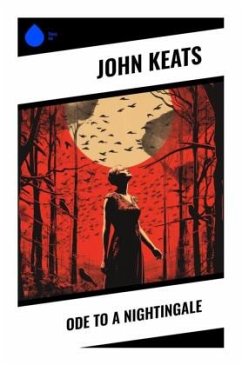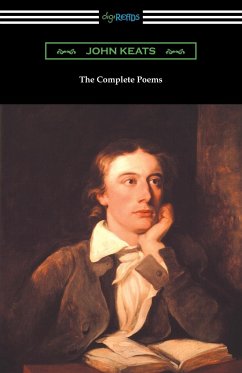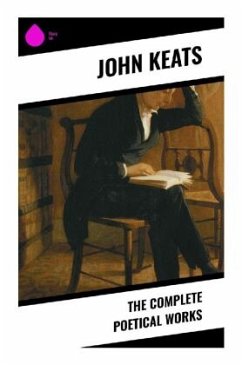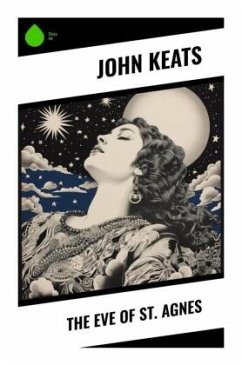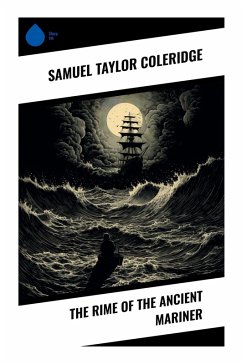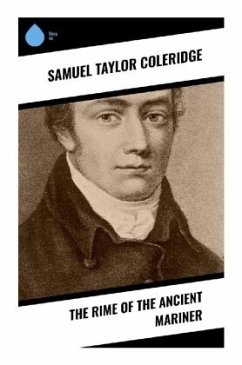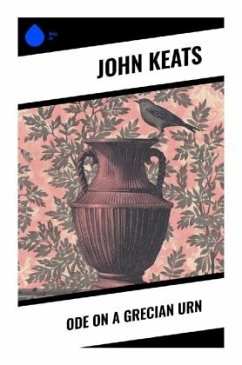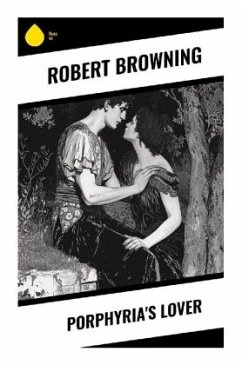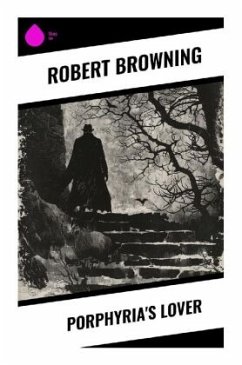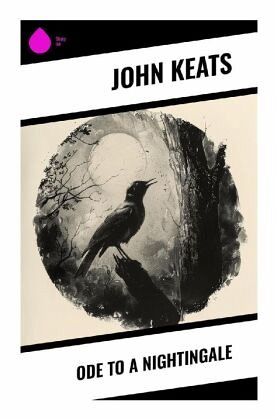
Ode to a Nightingale
Versandkostenfrei!
Versandfertig in 6-10 Tagen
17,10 €
inkl. MwSt.
Weitere Ausgaben:

PAYBACK Punkte
0 °P sammeln!
In 'Ode to a Nightingale,' John Keats masterfully explores the themes of transience, beauty, and the power of art through a structure that exemplifies the rich lyrical tradition of Romantic poetry. The poem combines sensory imagery with philosophical reflection, capturing the speaker's profound connection to the song of the nightingale, which becomes a symbol for the eternal beauty amidst the ephemeral nature of human existence. Keats employs a distinctive use of rich, evocative language that invites readers into a contemplative state, expertly blending personal emotion with universal truths, ...
In 'Ode to a Nightingale,' John Keats masterfully explores the themes of transience, beauty, and the power of art through a structure that exemplifies the rich lyrical tradition of Romantic poetry. The poem combines sensory imagery with philosophical reflection, capturing the speaker's profound connection to the song of the nightingale, which becomes a symbol for the eternal beauty amidst the ephemeral nature of human existence. Keats employs a distinctive use of rich, evocative language that invites readers into a contemplative state, expertly blending personal emotion with universal truths, thus situating the work within the broader Romantic tradition that reveres nature and emotions. Keats, whose brief but impactful life was marked by personal tragedies and deep sensitivity, drew upon his own experiences of grief and longing in crafting this work. His exposure to the Schillerian notion of the sublime and the romantic idealism of his contemporaries likely influenced his depiction of the contrast between the fleeting nature of life and the enduring quality of beauty found in art. This conflict between aspiration and reality echoes throughout his poetry, embedding a shared human struggle in each verse. 'Ode to a Nightingale' is essential reading for anyone interested in the complexities of human emotion and the pursuit of beauty in the face of mortality. It provides a poignant meditation on the joys and sorrows of life, demonstrating Keats's ability to evoke deep reflection through lyrical brilliance. Readers will find in Keats's work not only an invitation to appreciate the beauty around them but also a profound connection to the universal human experience.




